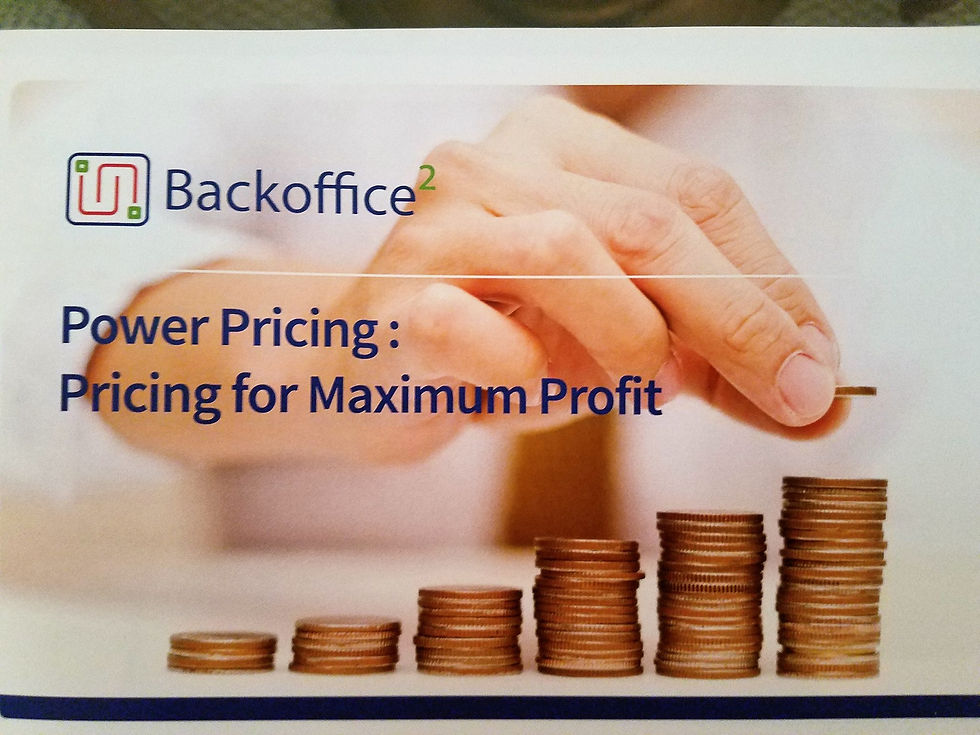- Jim Payne
- Sep 24, 2019
- 1 min read
It has been said that most people would rather be the guest of honor at a funeral rather than the one having to give the eulogy. Public speaking is really hard for most of us. The rub is that to promote your business, you must at times get up in front of a bunch of people and tell them about what you do.
You can make this easier on yourself by practicing. Toastmasters is an ideal approach to getting that regular practice. It is a structured meeting with two or three speeches by members who then get evaluated by the other members to provide immediate feedback and suggestions for improvement.
Toastmaster clubs meet weekly so that the practice is regular. If you think about it, a monthly practice session would probably be worthless for building good speaking habits.
To find a local club in your area, simply google toastmasters. There is no need to signup in advance, just show up to see how it works.
I have been a member of Toastmasters for several years and it has helped me immensely with public speaking and speaking in smaller groups.
Profitability strategy which often includes public speaking is always a fun discussion. Please feel free to give me a call at (352) 317-5692 if you have some ideas or questions that you would like to discuss.


